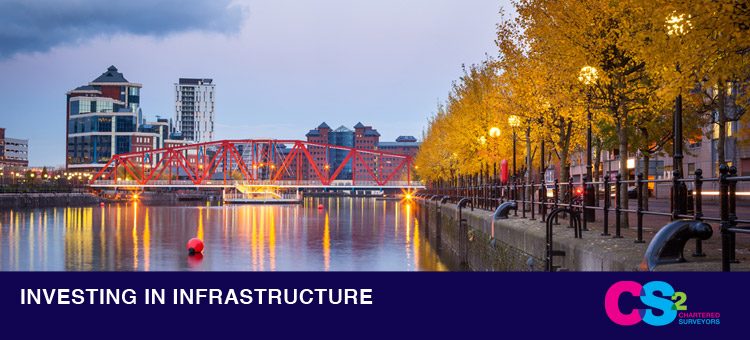Investing in infrastructure
- March 17, 2016
- 1,544 views

I am biased, I believe I live in the best city in the UK. I live in Manchester, and with living costs on the continuous rise in London, more young professionals are choosing Manchester as a next move. The city has career prospects and good transport links, as well as a strong culture and identity, and not to forget its renowned social scene.
Fast becoming a city of choice for graduates, the population of its centre alone grew by almost 100,000 in the last 15 years, a rise of 23% and the main catalyst behind the region’s residential boom. As a result, the city has the second highest house building rate outside of London (NHBC registrations 2013).
This rapid growth, while encouraging news for investors, has its drawbacks. A growing and highly concentrated population is bound to place increasing strain on local services and infrastructure, most notably on education and health services. These facilities are already stretched and as the wave of young professionals gravitate towards starting their own families, they’re likely to view the city differently. They’ll want to think about schools, child care facilities and access to the nearest GP surgery without necessarily wanting to follow the generational, and increasingly outdated, trend of moving to the suburbs.
This is where good, community-based developments can offer solutions. Developers can provide new spaces for community facilities as part of their developments. The property industry should look at cities like Paris, Edinburgh and London, which all have a well-established infrastructure, and consider the boom in residential as a practical opportunity to add increased benefit to communities above and beyond housing.
For further information contact Ben Walker.



0 Comments